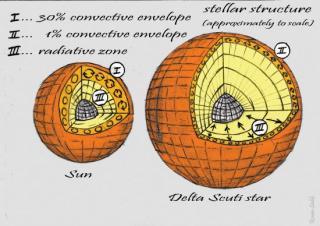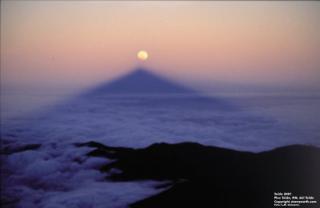We find a distinct stellar population in the counterrotating and kinematically decoupled core of the isolated massive elliptical galaxy NGC 1700. Coinciding with the edge of this core, we find a significant change in the slope of the gradient of various representative absorption line indices. Our age estimate for this core is markedly younger than the main body of the galaxy. We find lower values for the age, metallicity, and Mg/Fe abundance ratio in the center of this galaxy when we compare them with other isolated elliptical galaxies with similar velocity dispersion. We discuss the
Advertised on

